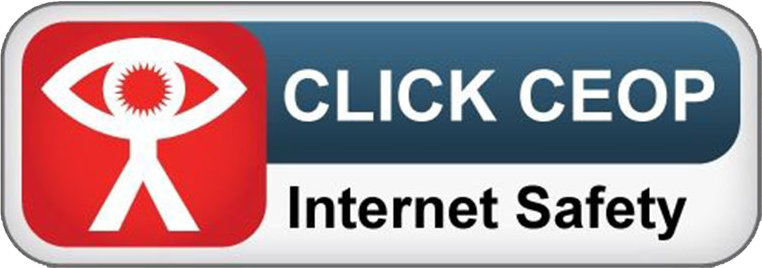At Three Ways School, we recognise the importance that creative arts have in the life of all pupils. Creativity is embedded into all aspects of the curriculum, enhancing and widening the pupil’s experiences and engagement for learning. Discovery and opportunities for creative risk taking under-pin our approaches and interventions, alongside promoting self-expression and development of a greater sense of self at every opportunity. The Art & Design Curriculum provides the pupils with an opportunity to succeed and make their mark on the world around them. Creative exploration and access to artistic experimentation are underpinned by The Thrive Approach, Attachment Theory, the neuroscience of child development & our aims and objectives within the PSHE curriculum.
In Art, pupils experience working with a wide range of different mediums such as clay, plaster, print, textiles, collage and mark making media. Their exploration is underpinned by art theory and knowledge development and they are able to consider the work of specific artists and explore 2D and 3D work. We welcome visiting artists to the school who work with the pupils and teachers in developing themes alongside enabling pupils to consider the creative world as a career pathway. Creative arts takes on a multi-sensory approach, particularly for pupils with either Severe Learning Difficulties, Profound and Multiple Learning Difficulties and for pupils with a physical or sensory impairment.
Pre-formal, Semi-formal, Formal and Accredited curriculums are linked with creative topic themes which run on rolling programmes. These themes provide a platform for creative exploration, cross curricular discovery and pupil-lead learning alongside discreet art and design lessons.
Pre formal- Via the Pre- Formal Curriculum pupils are invited to engage in their sensory diet through the tactile qualities of media and textures used in art making. Exploration of materials provides the pupils with a sense of self, opportunity to explore choice making, develop fine and gross motors skills and express themselves creatively. Pupils revel in the opportunity to make their mark. Highly differentiated applications of a broad range of processes and techniques are explored and adapted to ensure pupils are challenged creatively and enabled to progress through meaningful art making.
Semi-formal- Via the Semi-Formal curriculum route pupils progress through a skills based programme focussed on Equals schemes of work. The My Art content develops a visual, tactile and sensory vocabulary and an understanding of the visual elements - colour, line, tone, texture, pattern, form and shape - in order for pupils to effectively express themselves through artistic means. These elements are broken down into units which consider collage, drawing, painting, printmaking, sculpture, digital media & textiles.
Formal- Via the Formal curriculum route pupils explore art and design through weekly lessons focussed on the National Curriculum which states;
‘Art, craft and design embody some of the highest forms of human creativity. A high-quality art and design education should engage, inspire and challenge pupils, equipping them with the knowledge and skills to experiment, invent and create their own works of art, craft and design. As pupils progress, they should be able to think critically and develop a more rigorous understanding of art and design. They should also know how art and design both reflect and shape our history, and contribute to the culture, creativity and wealth of our nation.’
‘The national curriculum for art and design aims to ensure that all pupils; produce creative work, exploring their ideas and recording their experiences, become proficient in drawing, painting, sculpture and other art, craft and design techniques, evaluate and analyse creative works using the language of art, craft and design, know about great artists, craft makers and designers, and understand the historical and cultural development of their art forms’
Each terms module focusses on a skill base, supported by contextual studies in a relevant artist from the portraits of Salvador Dali, to the use of character from Ardman Animations, to the explosive colour of Kat Button’s textile sculptures.
Accreditation - pupils have access to several accredited pathways at KS3, KS4 and 6th Form these include; Arts Award Discover and Explore, AQA GCSE Art and Design, WJEC Creative, Media and Performing Arts and AQA Unit Award Scheme. The pathways provide the pupils with a platform to showcase their incredible skills and vision and are consistently very successful.
Creative collaborations are an essential part of the Three Ways offer, these include; partnership in the yearly Forest of Imagination Children’s Festival, inclusion in the Schools Without Walls program, Collaborators with the House of Imagination and Child Friendly City Incentive, yearly research projects with Bath Spa University 3rd Year Creative Arts Practice Students to create a Sensory Studio Installation, Research residencies with About Nowish Dance Co regarding dance opportunities for pupils with PMLD and meaningful creative dialogue and shared practise with Artists Such as Julieann Worrall-Hood and Dorcas Casey. These partnerships extend pupils opportunity to immerse themselves in the wider creative community as well as have their voice heard on a larger and more public scale.
The bespoke Sensory Studio enables access to cutting edge technology and research opportunities for both staff and pupils through total immersion in sounds, visuals, artist reference and exploration. Sessions include virtual graffiti making, Andy Goldsworthy inspired land art creation with ice and natural objects and creation of a 3D canvas to delve inside an interactive Jackson Pollock piece.
Pupils celebrate life through art, making and manipulating, and creative expression.


